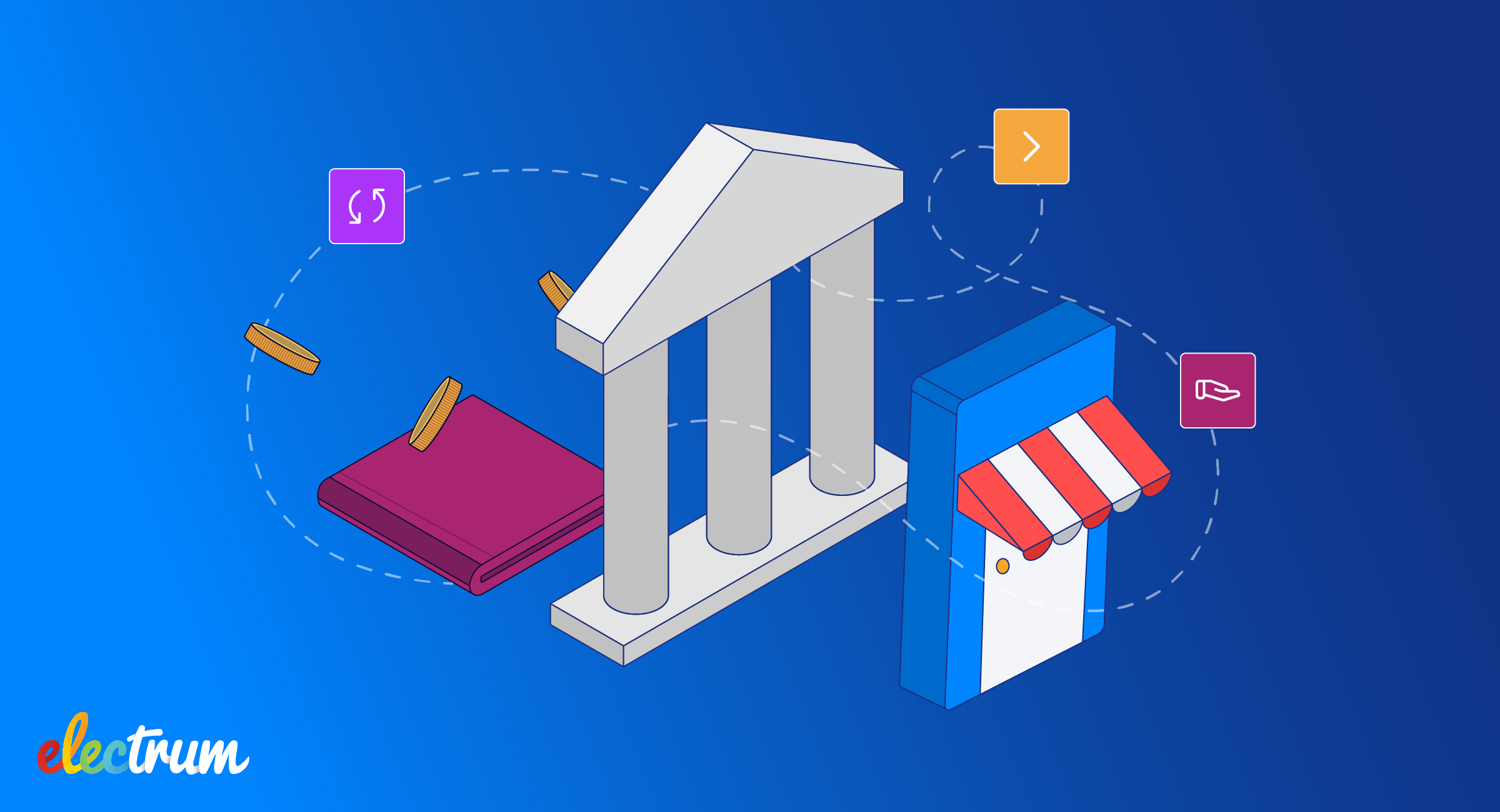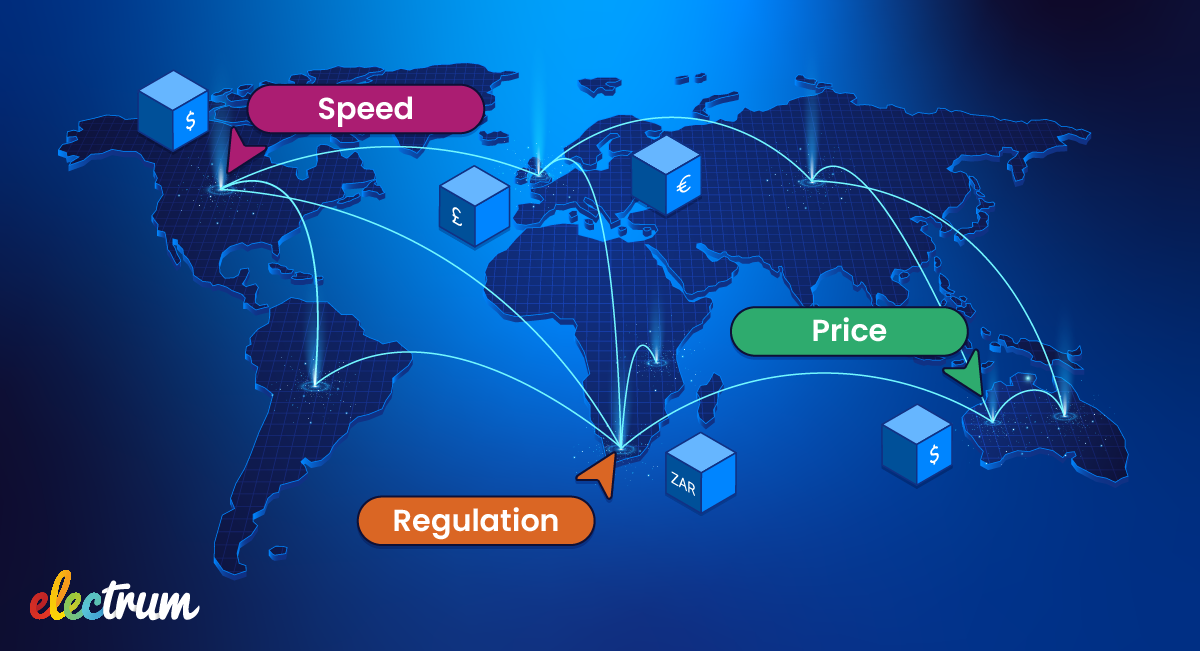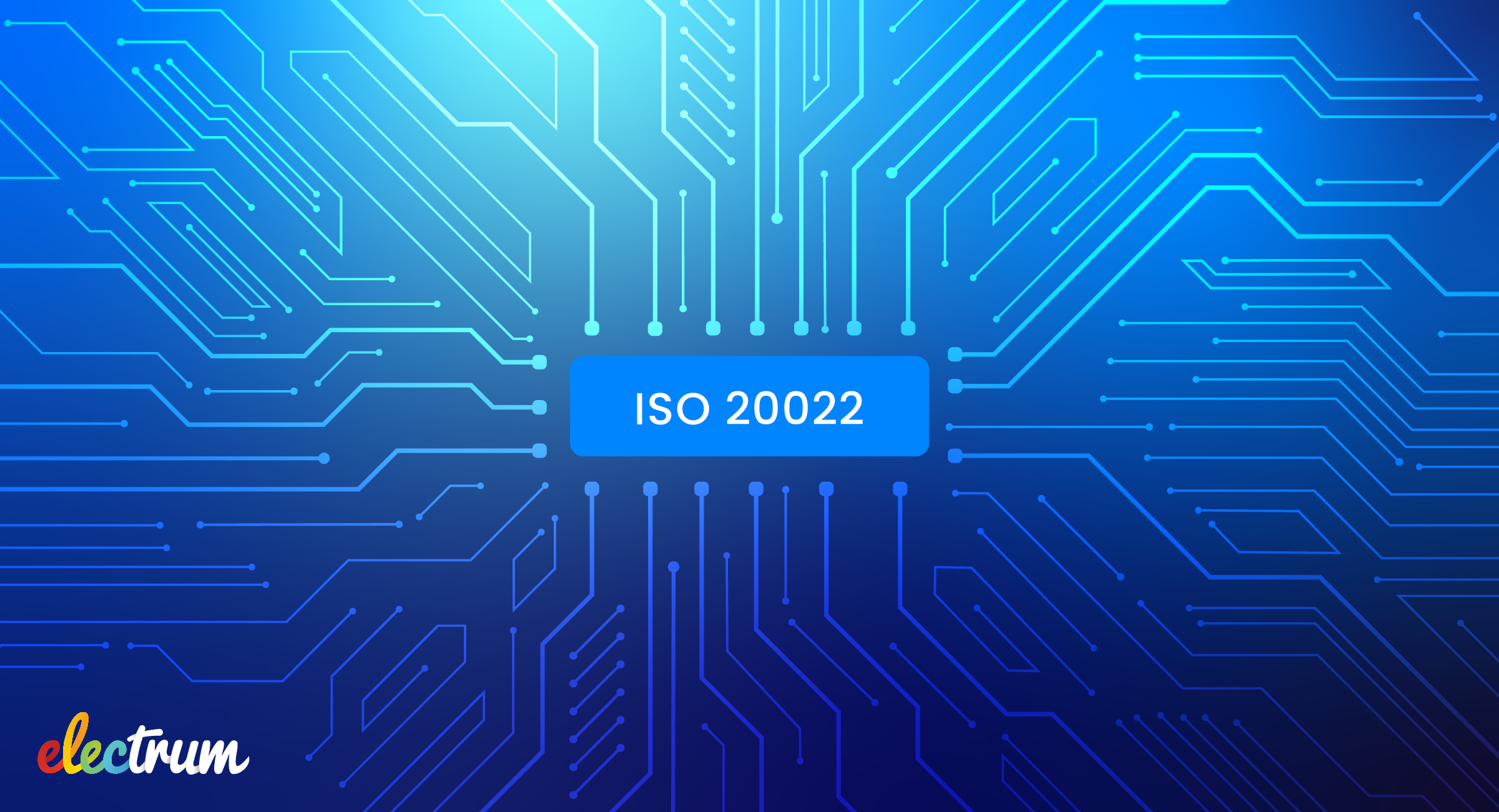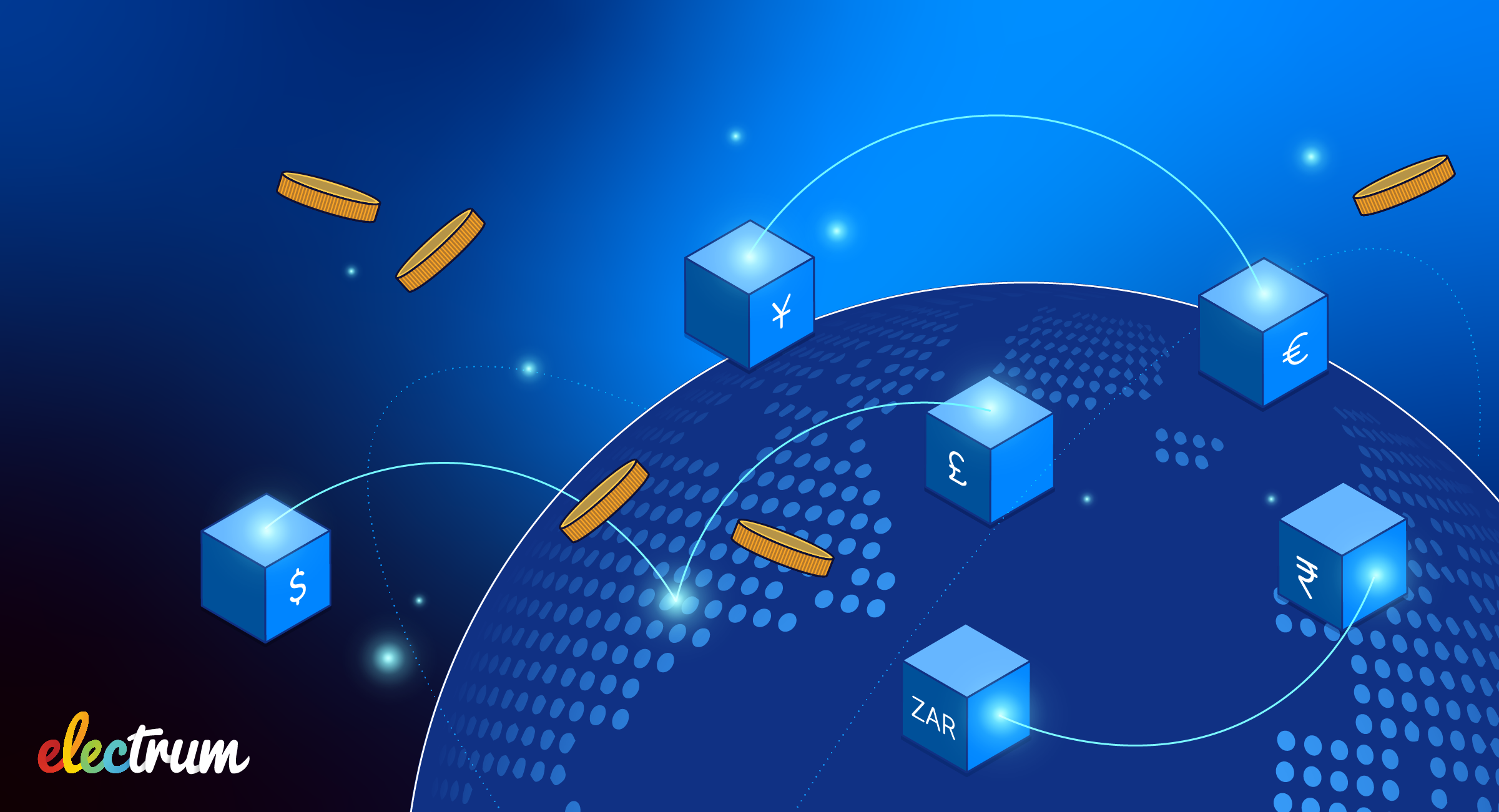
As payment networks diversify and new rails come online, cross-border payments are no longer defined by one significant route. Now, corporate clients expect their banks to provide the agility to move funds between jurisdictions through the most efficient system, at any moment.
The BIS reports that the number of active correspondent banking relationships and corridors is continuing to decline globally. Although correspondent banks have a majority share of cross-border payments, new payment methods and rails are scaling exponentially, offering faster, cheaper, and traceable payments.
We’ve gone beyond monorail correspondent banking
According to the International Organization for Migration (IOM), there were over 280 million international migrants in 2020, which represents a 12.8% growth compared to 2015 and a 27% growth compared to 2010. This typically means, from a payments perspective, that there are more people sending money back home, resulting in an increasing demand for accessible cross-border payment solutions.
Remittance service providers and fintechs have managed to challenge banks in this P2P space by providing cheaper rates, quicker settlements and more currencies for consumers to choose from. Depending on the region, up to 65% of P2P cross-border transaction value is captured by non-banks.
The disruption that started with lower-value P2P payments is now extending into higher-value flows. Corporates want more agile solutions to manage liquidity as they scale into new markets and supply chains. As a result, the traditional correspondent banking model is being challenged as treasurers cherry‑pick rails based on cost, speed, liquidity impact, and regulatory assurance.
Blockchain-based payments and digital currencies are playing an increasingly important role in this shift. By enabling direct, on-chain settlement with 24/7 liquidity and programmable features, these rails offer new efficiencies and flexibility that traditional systems struggle to match. At the end of this year, the total value of issued stablecoins is expected to reach more than $400 billion and is projected to surpass $2 trillion by 2028.
As cross-border payments become more complex and technology continues to advance at a rapid pace, traditional correspondent banking will play a less fundamental role in moving money around the world. Today, a variety of payment rails compete to deliver faster, cheaper, and more transparent transactions. Banks must evolve from relying on one “monorail” to orchestrating a network of diverse, specialised payment channels.
The five rails driving cross-border payments innovation
Each rail has its own strengths, limitations, and ideal use cases. To build a strong orchestration system, banks need to choose the rails that meet their risk appetite and client use cases.
SWIFT gpi
The global correspondent banking network, enhanced with SWIFT gpi real-time payment tracking and ISO 20022 message standards, will remain essential for high-value and high-trust transactions where regulatory certainty, compliance, and large FX capacity are critical.
Key players include

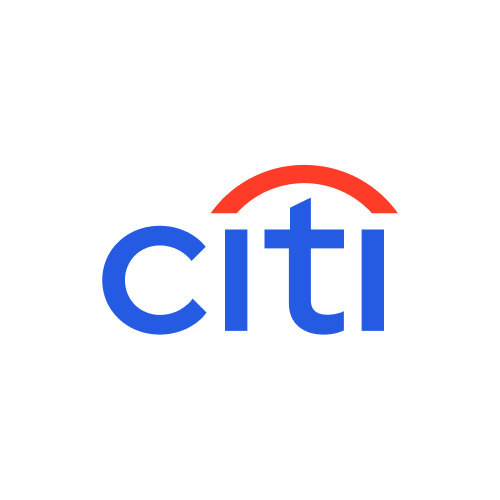
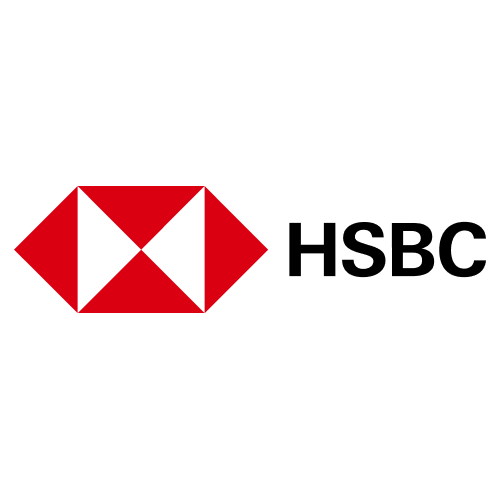
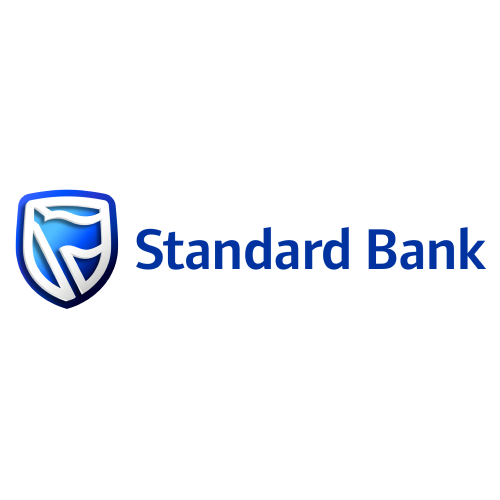
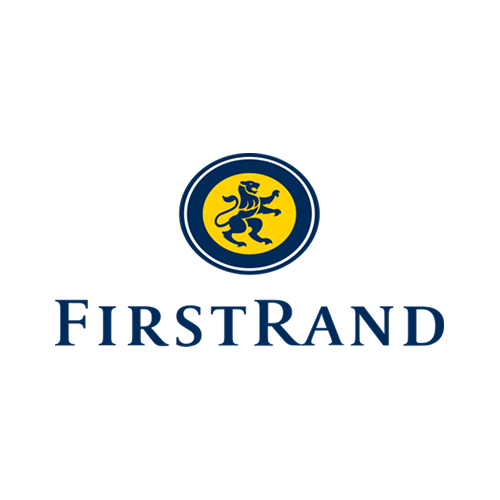
Fintech “Aggregator” Networks
Fintech aggregators connect businesses to a network of local banks, allowing transfers to clear domestically, without direct and multiple bank relationships. They hold pooled liquidity in multiple currencies to fund payouts instantly, and use APIs to integrate payments, tracking, and reporting into business systems.
Key players include

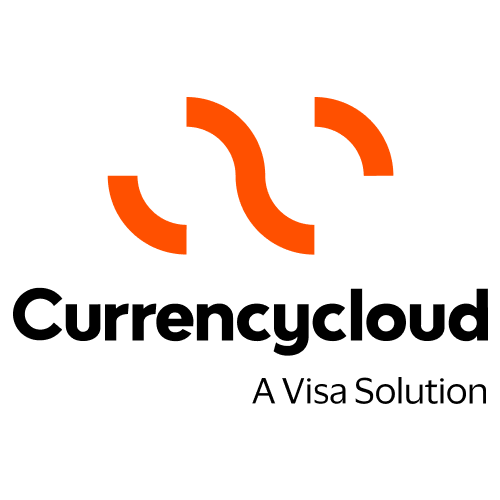
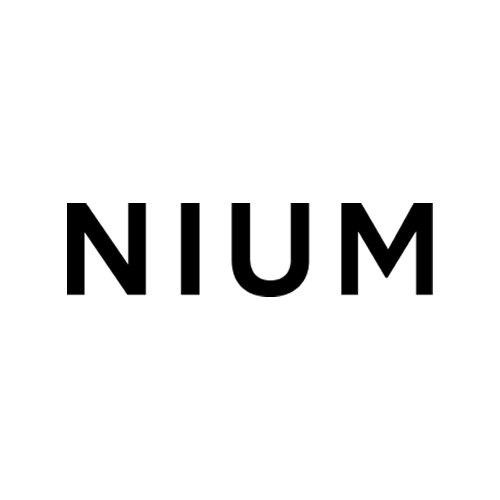
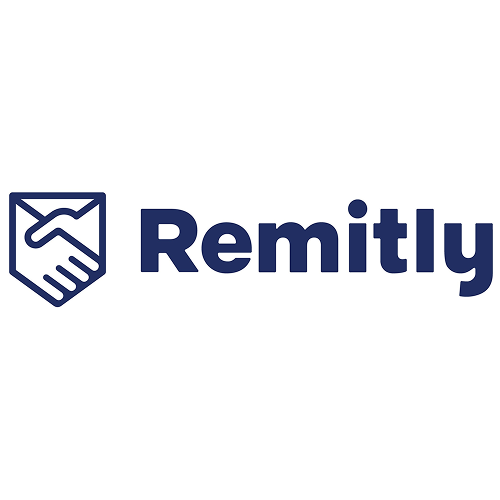
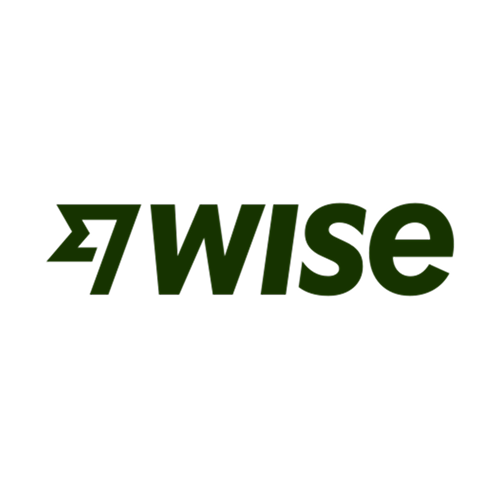

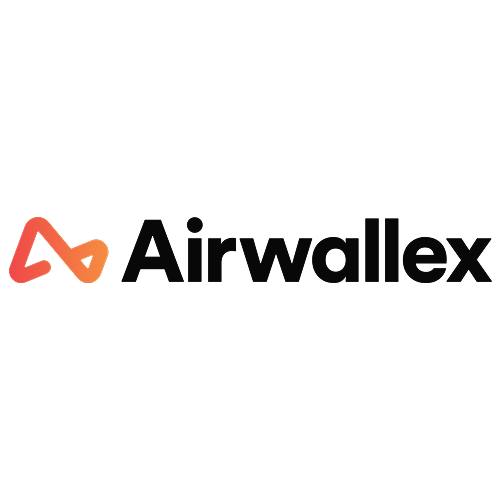
Tokenised Card-Scheme Push
Card payment schemes are using their global networks and interoperable infrastructure to push funds directly to cardholders or merchants in real-time. Accounts require prefunding with the card scheme or sponsor bank, and currency conversion fees can vary depending on the destination market.
Key players include
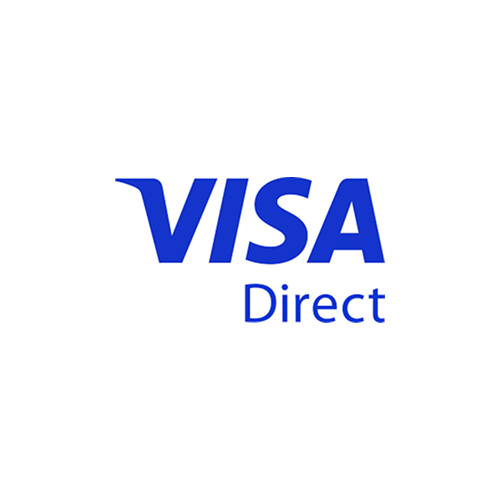
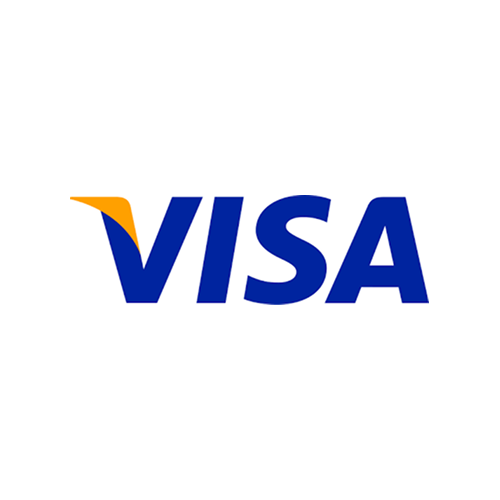
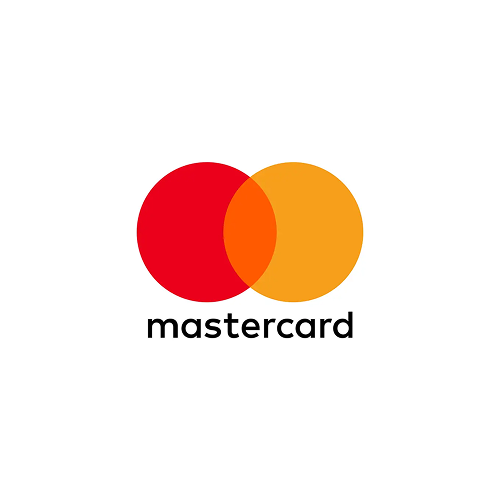

Stablecoin and Tokenised Deposits
Stablecoin and tokenised deposit rails use blockchain to settle payments directly on-chain, bypassing traditional clearing systems. Stablecoins stay pegged to fiat currency, while tokenised deposits are backed by funds at commercial banks.
These rails offer 24/7 liquidity, programmable money, and faster treasury operations. However, they face risks like peg stability, counterparty exposure, FX volatility when converting on/off chain, and evolving regulations.
Key players include
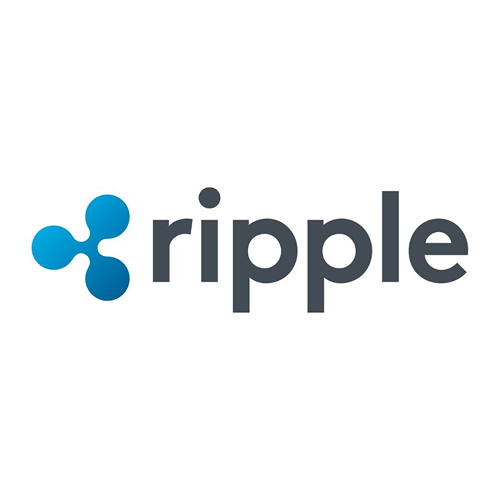
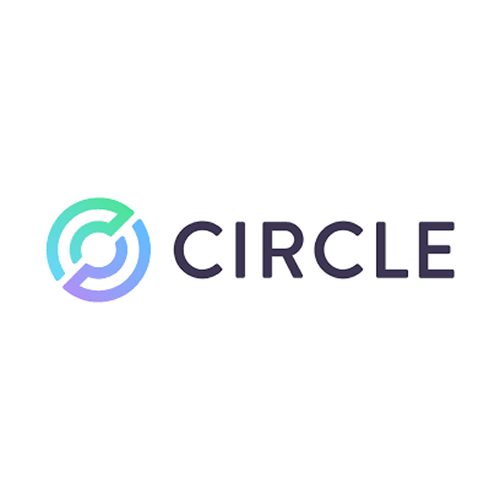
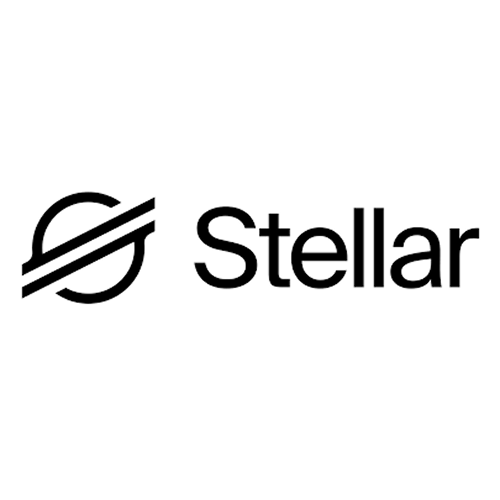
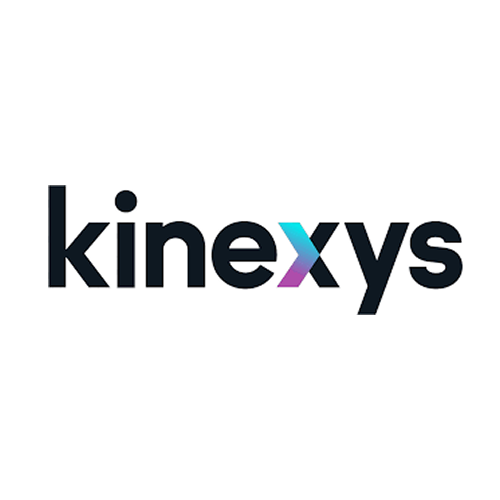
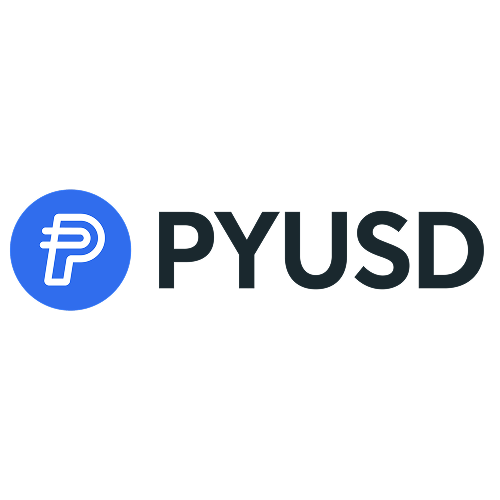
CBDC Corridors and Tokenised Cash Networks
Central bank digital currencies (CBDCs) and tokenised central bank money are designed for regulated cross-border payments, settling transactions directly between participants. This enables simultaneous FX settlement, reduces counterparty risk, and allows multi-CBDC corridors to connect different jurisdictions.
Benefits include sovereign-backed settlement, lower FX and compliance costs, and improved transparency. While still in early stages, they face risks like fragmentation from non-interoperable models and uncertainty over regulatory alignment.
Key players include
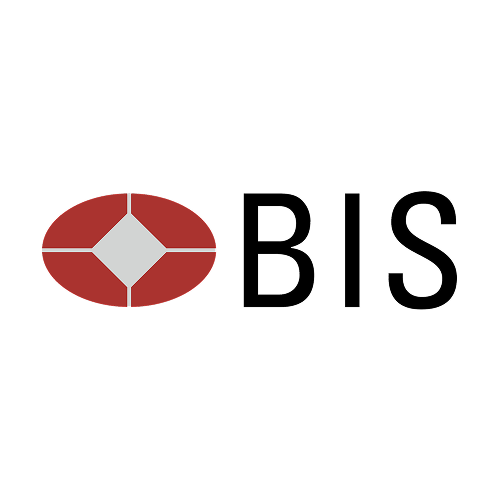
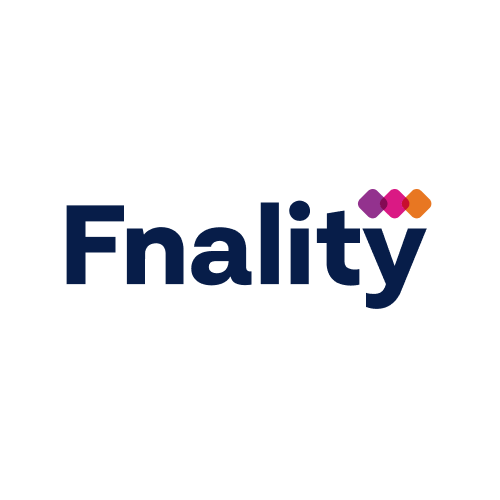

Regulatory clarity is building momentum
Regulators globally are taking steps to decrease risk by defining clear rules on how to operate in their jurisdictions. This clarity builds consumer trust, legitimises these payment methods, and is likely to drive further adoption:
- In the US, the Genius Act was signed into law to regulate US stablecoins.
- In the UK, the Financial Services and Markets Act 2023 recognised stablecoins as a legal form of payment.
- In the EU, the MiCA framework sets consistent rules for crypto-assets across 27 countries.
- In South Africa, while crypto assets still face regulatory ambiguity, exchange control exclusions allow them to be used seamlessly for international remittances.
Global card schemes, generally very familiar to regulators, continue to see rapid growth. In their latest annual report, Visa reported:
- 13% YoY growth in cross-border transaction volumes
- Visa Direct processed nearly 10 billion transactions in 2024
- Cross-border volumes represent a $20 trillion opportunity annually
Lastly, more countries are adopting faster payment systems like UPI, Pix, and PayShap. While most remain domestic, others like BankservAfrica’s TCIB aim to facilitate instant, low-value transactions between countries.
Despite its clear value proposition, the adoption of TCIB has been marginal, likely held back by inconsistent regulatory frameworks across countries and legacy systems. However, the SARB has mandated that all cross-border EFT payments between South Africa and CMA countries (Eswatini, Lesotho and Namibia) be processed via TCIB by 2027. This would not only increase usage but also improve efforts to combat money laundering through richer ISO 20022 data.
Build an agile cross-border payments strategy
A modern cross-border strategy is about giving corporates the ability to choose. Different use cases call for different rails:
- A high-value B2B transfer may still rely on SWIFT GPI to provide the best visibility.
- A payout to an offshore SME supplier may be cheaper and faster with a fintech aggregator.
- A remittance or e-commerce refund might be best delivered over a card-scheme push rail.
Banks must rethink their infrastructure not as a monolith but as an orchestrated system that intelligently routes cross-border payments across multiple rails depending on the needs of the transaction. This means integrating with API-first platforms, investing in intelligent routing, and embracing interoperability. Doing so, they will not only retain their corporate clients but also become indispensable partners in their global growth journeys.
Contact us to discuss how you can scale cross-border payments with Electrum’s next-generation software.

Kganya Molefe
Kganya is a freelance Content Writer based in Johannesburg with experience in African Payments. When she’s not writing, Kganya enjoys journaling the old-fashioned way, listening to podcasts during her long walks, and passionately discussing the importance of low-cost, real-time, pan-African payment solutions with her friends and family.
Electrum Newsletter
Quarterly insights and news to help you keep up with the latest changes in the payments landscape





